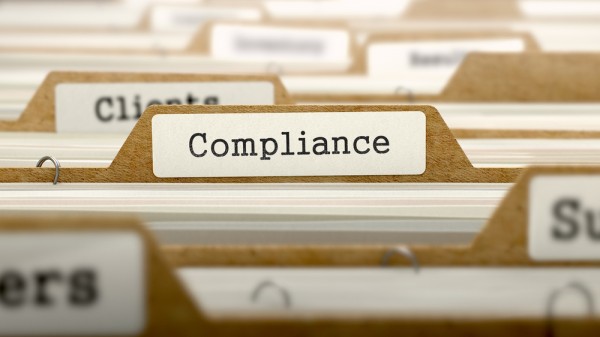
The SEC’s Office of Compliance Inspections and Examinations (OCIE) is responsible for protecting retail investors and assessing market-wide risks, but now is shifting its attention also toward figuring out how to leverage data analytics to identify potential for illegal trading activities, conflicts of interest or other misconduct, according to a recent article by ThinkAdvisor, Compliance Data Analytics: Do as Regulators Say AND as They Do.
How will they do this?
They are enhancing data mining and analysis functions through the National Exam Analytics Tool (NEAT), a tool that looks at data to identify “insider trading, improper allocation of investment opportunities and other infractions.”
FINRA has also jumped on this data mining bandwagon to combat fraud. It already uses technology to monitor nearly 90% of trading in U.S. equities markets, running “complex surveillance algorithms against massive amounts of trade data to detect market manipulation, insider trading and other compliance breaches.”
Financial services firms in the banking, asset and wealth management, capital markets and insurance fields must also improve compliance, and they can leverage technology to access and comb through this data to meet the Compliance Rule, or face potential fines.
What compliance controls should tracked and stored for examiners?
- Documents mapping the inventory of risk to the firm’s written policies and procedures
- Tests, reviews and quality control analyses performed, including forensic and/or transactional
- Inventory of risks that form the basis for the firm’s compliance policies and procedures
- Written communications designed to ensure staff engagement in mitigating compliance risk
- Internal audit review schedules, completed audits and annual and/or interim policy reviews
The best thing you can do is store this content and data in a “centralized, easy and secure” location. This involves bringing together disparate systems where it makes sense.
Of course, you can also take your compliance data one step further and leverage it for business insights to drive growth through revenue opportunities. In our webinar last month called “Leveraging Data to Meet Regulatory Requirements and Create Competitive Advantage” we presented:
- An experienced point of view on current regulatory, compliance and anti-money laundering issues that financial institutions are facing.
- Pros and cons of tactical versus strategic approaches to meeting regulatory requirements, specifically around data governance.
- Examples of how you can leverage data governance to drive compliance as well as competitive advantage.

